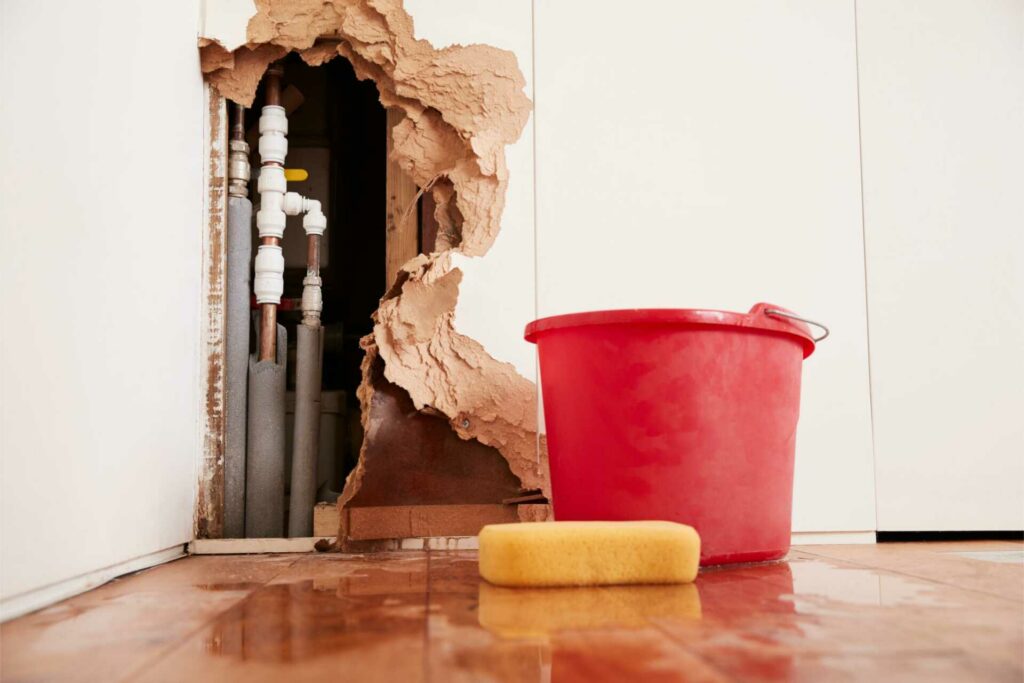When faced with the aftermath of water and fire damage, one vital aspect to ponder is the extent of the harm done. By grasping the significance of prompt action and strategic planning, you can effectively lessen further damage and guarantee a smoother restoration process. Implementing key strategies such as thorough examination, advanced restoration techniques, and proper drying methods can greatly influence the outcome of the restoration efforts. But what steps should you take to secure success in this demanding process?
Key Takeaways
- Conduct a thorough inspection for visible signs of damage.
- Utilize advanced technology like thermal imaging for hidden damage.
- Ensure proper drying with dehumidifiers and air movers.
- Document findings for insurance coverage accurately.
- Implement advanced restoration techniques for efficient recovery.
Assessing the Scope of Damage
To properly assess the extent of damage, start by conducting a thorough inspection of the affected area. When it comes to damage evaluation, it’s vital to take note of all visible signs of water or fire damage. Look for water stains, discoloration, mold growth, warped surfaces, or charred materials. Document everything you find as this information will be essential for your insurance coverage.
As you inspect the area, pay close attention to structural elements like walls, ceilings, floors, and electrical systems. Water and fire damage can compromise the integrity of these components, posing safety risks if not addressed promptly.
Make sure you check all areas thoroughly, even those that may seem unaffected at first glance. Sometimes, damage can be hidden beneath the surface and may worsen over time if left unattended.
Utilizing Advanced Restoration Techniques
Implementing groundbreaking restoration methods can greatly enhance the efficiency and effectiveness of your restoration efforts. By integrating cutting-edge technology into your restoration process, you can achieve superior results in a shorter amount of time.
Cutting-edge technology, such as thermal imaging cameras, moisture meters, and air purifiers, can help identify hidden damage, track the progress of drying efforts, and improve air quality during the restoration process.
Utilizing advanced restoration techniques allows you to address water and fire damage with precision and speed. For instance, thermal imaging cameras can detect moisture behind walls or ceilings, directing you to areas that require immediate attention. Moisture meters provide precise readings to guarantee thorough drying, preventing mold growth and structural damage. Air purifiers aid in removing contaminants from the air, creating a healthier environment for both you and your family.
Incorporating these state-of-the-art technologies into your restoration process streamlines the restoration efforts and ensures a more thorough and efficient restoration. By leveraging these tools, you can address the damage more comprehensively, leading to a quicker recovery and minimizing the disturbance caused by water or fire damage.
Ensuring Proper Drying and Dehumidification
For optimal restoration outcomes, prioritize ensuring thorough drying and dehumidification of the affected areas. Moisture control is critical to prevent further damage and mold growth. Dehumidifiers and fans will be utilized to assist in the drying process. Proper air circulation is vital in promoting evaporation and reducing humidity levels.
Make sure to open windows and doors when feasible to let fresh air flow through the space. Additionally, using air movers can help improve the circulation of air, expediting the drying time.
When addressing water damage, it’s crucial to extract excess water as soon as possible to prevent it from seeping into walls, floors, and furniture. After extraction, focus on dehumidification to eliminate any remaining moisture from the air and surfaces. Monitor the humidity levels regularly to guarantee they’re within the recommended range for effective drying.
Recap
So there you have it, folks! To conquer water and fire damage restoration, just remember to assess, restore, and dry like a pro.
With these top three tips, you’ll be a restoration wizard in no time!
Grab your dehumidifiers, fans, and air movers, and prepare to save the day.
It’s time to show that damage who’s boss!

